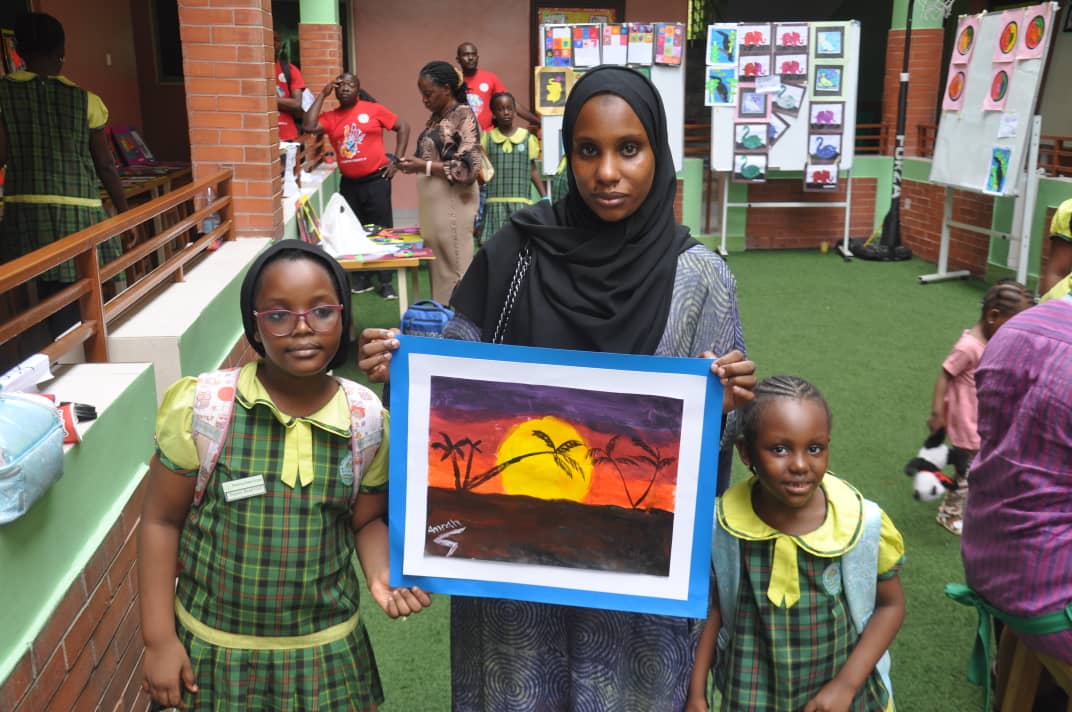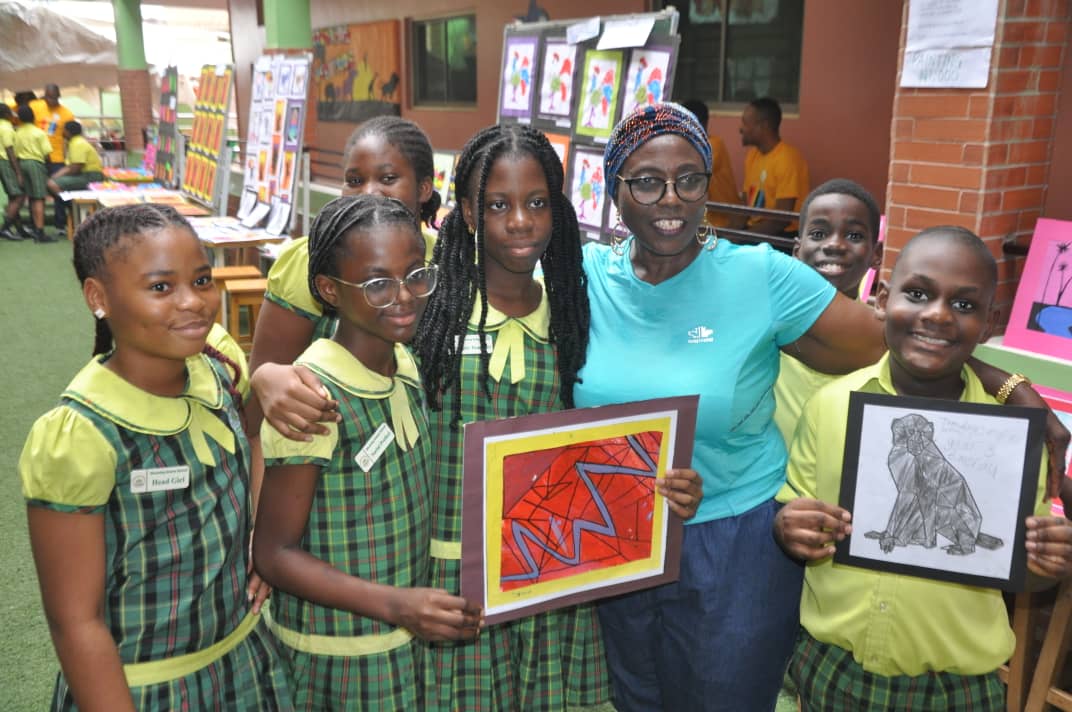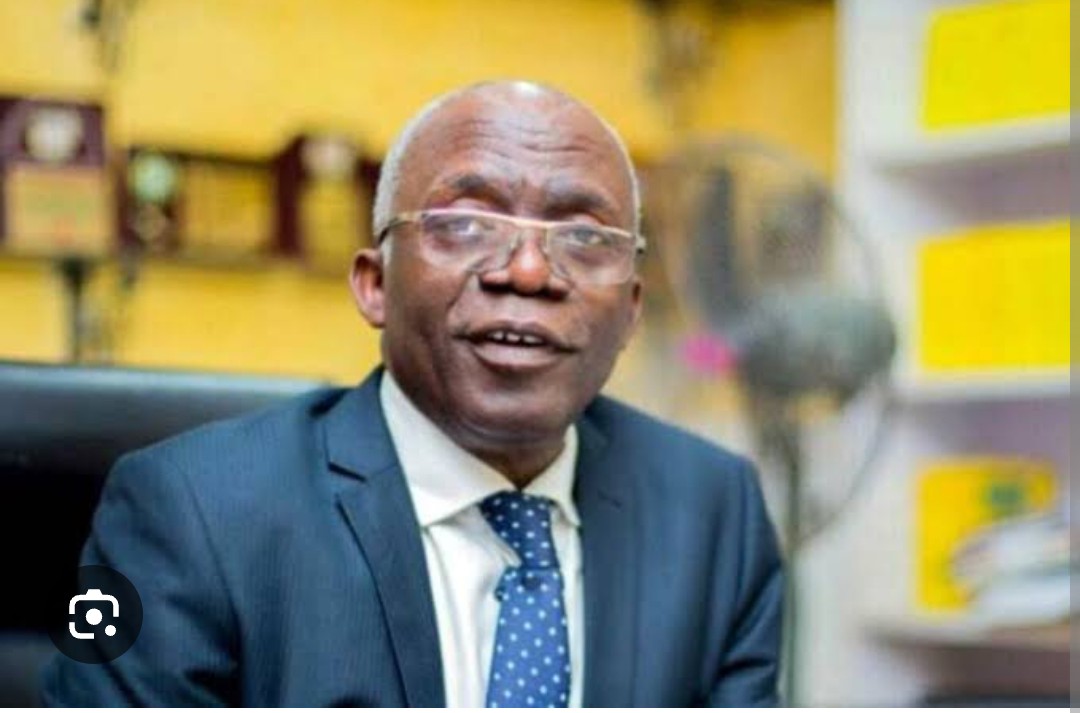In an exclusive interview with Allaboutschools, Susan Babatunde Yamah, CEO of Blooming Greens School, delves into the driving forces behind the school’s annual Art Exhibition, this year themed “Create it, Care for Others.”
As an advocate for the integration of compassion and creativity, Susan shares how the school leverages art to nurture a sense of social responsibility among students, encouraging them to use their talents to make a positive impact on society. This year’s exhibition is more than a display of young talent; it’s a call to action, urging both students and visitors to engage with pressing social issues through powerful artistic expressions.
Throughout the conversation, Susan emphasizes Blooming Greens commitment to holistic development, underscoring how the exhibition aligns with the school’s core values of love, empathy, and community engagement. She describes how students’ artworks tackle critical topics like environmental sustainability, mental health, and social justice, turning creativity into a catalyst for change. By engaging with these themes, students learn to appreciate the power of art in sparking meaningful conversations and driving awareness, ultimately preparing them to be compassionate, socially aware citizens.
The interview provides insight into the unique learning journey Blooming Greens School offers, where art education goes beyond aesthetics to instill life-long values.
Could you please introduce yourself?
I am Susan Babatunde Yamah, CEO, Blooming Greens School

What inspired this year’s theme, “Create it, Care for Others,” and how does it reflect the values of the school and community?
The theme “Create it, Care for Others” for this year’s Art Exhibition is an inspiration from the dual values of creativity and compassion. At Blooming Greens School, we use Art not only as a means of self-expression, but also as a way to foster social responsibility and community engagement. We use our children’s creativity to reach out unto the underprivileged in the society. This aligns with our school’s core values of love, empathy, and holistic development —encouraging not only academic achievement but also the cultivation of kindness, empathy, and a sense of responsibility towards others.
How do you believe art can make a positive impact on the community, and how does the exhibition help promote this message?
Art has a unique and powerful ability to impact the community in meaningful ways. It can bring people together, spark conversations, and inspire change. This year’s exhibition will help promote this as the exhibition provides a platform for our pupils and parents to share their perspectives on issues that matter to them. By encouraging children to create works that reflect their values and experiences, the exhibition becomes an avenue for raising awareness about important issues such as Social Justice, Environmental Sustainability, Mental Health, or Community Well-being. Through this process, participants can engage with and educate the wider community, fostering empathy and understanding across different backgrounds.

Could you describe some of the artwork we’ll see at the exhibition and how the students have used creativity to highlight social issues?
The artwork at the exhibition will be as diverse and creative as the children themselves, each piece reflecting unique perspectives on important social issues, such as Environmental Awareness and Climate Change, Mental Health awareness, Social Justice and Equality, Gender Equality and Women’s Empowerment, Poverty and Homelessness, and many others.
The exhibition serves as a platform for these powerful messages to reach a wider audience. It not only showcases the creativity of our children, but also invites viewers and exhibitors to engage with these social issues in a more intimate, and reflective way. Through the art on display, the exhibition acts as a catalyst for conversation, encouraging people to reflect on the issues raised, to consider their own role in the community, and to take action where possible
What message or experience do you hope visitors will take away from viewing the students’ artwork?
The theme of “Create it, Care for Others” encourages not only artistic expression but also a deeper commitment to caring for others. I hope visitors walk away with a renewed sense of responsibility—not just to appreciate our young talents, but to contribute to the well-being of others. By saying “I can use my talents, my voice, and my actions to care for others and make a positive impact.”

How has participating in the Artrageous exhibition affected students’ perspectives on social responsibility and the power of art?
Participating in the past Artrageous Exhibitions has had a profound impact on children’s perspectives on both social responsibility and the power of art. Engaging in the creative process while reflecting on relevant social issues gives them a unique opportunity to explore their own beliefs and experiences and also to recognize the broader impact arts can have on the community and the world at large. Takeaway for each child has been “My art has the power to speak to issues that matter and can influence how others think, feel, and act about the underprivileged in the society.”
Participating in the Artrageous exhibition opens children’s eyes to the deeper potential of their work—revealing how their creativity can be a force for positive social impact. It teaches them that art is not just a means of personal expression but also a way to connect with others, address societal challenges, and inspire change. As they gain confidence in using their art to address pressing social issues, children leave the experience with a greater sense of social responsibility and love for mankind.
Could you please share any standout stories or artwork that particularly embody the “Create it, Care for Others” theme?
Story: One pupil created a series of digital art pieces, each featuring an endangered animal, surrounded by a changing landscape. The first image shows a lush forest with a healthy animal, while the following pieces depict deforestation and climate change, gradually stripping the habitat and leaving the animal struggling to survive. In the final piece, the animal is surrounded by a barren, desolate landscape, symbolizing the devastating effects of human activity on the planet.
This artwork embodies the theme by caring for the planet and all the life forms that depend on it. The child used his creativity to raise awareness about the urgent issue of climate change and the impact it has on biodiversity. By addressing such a significant global concern through art, the pupil’s work calls on everyone to take action and make sustainable choices to protect the environment.

What role do you see art education play in encouraging young people to be compassionate and socially aware citizens?
Art education plays a critical and transformative role in encouraging young people to become compassionate and socially aware citizens. Through the creative process, pupils not only learn artistic techniques but also develop empathy, critical thinking, and a deepened sense of social responsibility. Art education provides a unique space for young people to explore their identities, engage with diverse perspectives, and reflect on the world around them.












